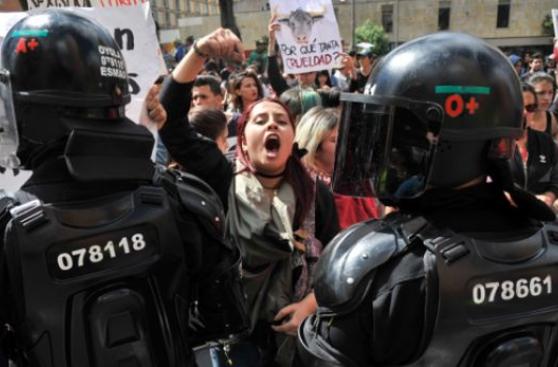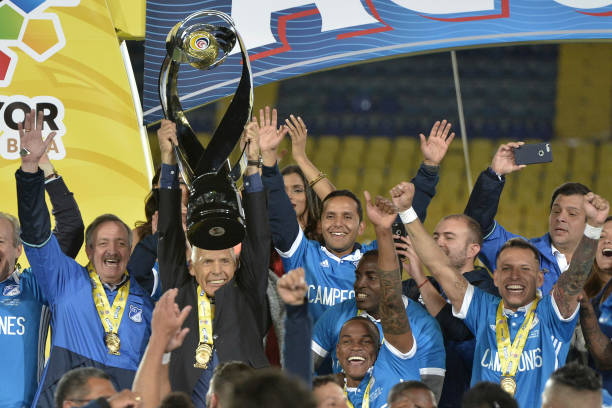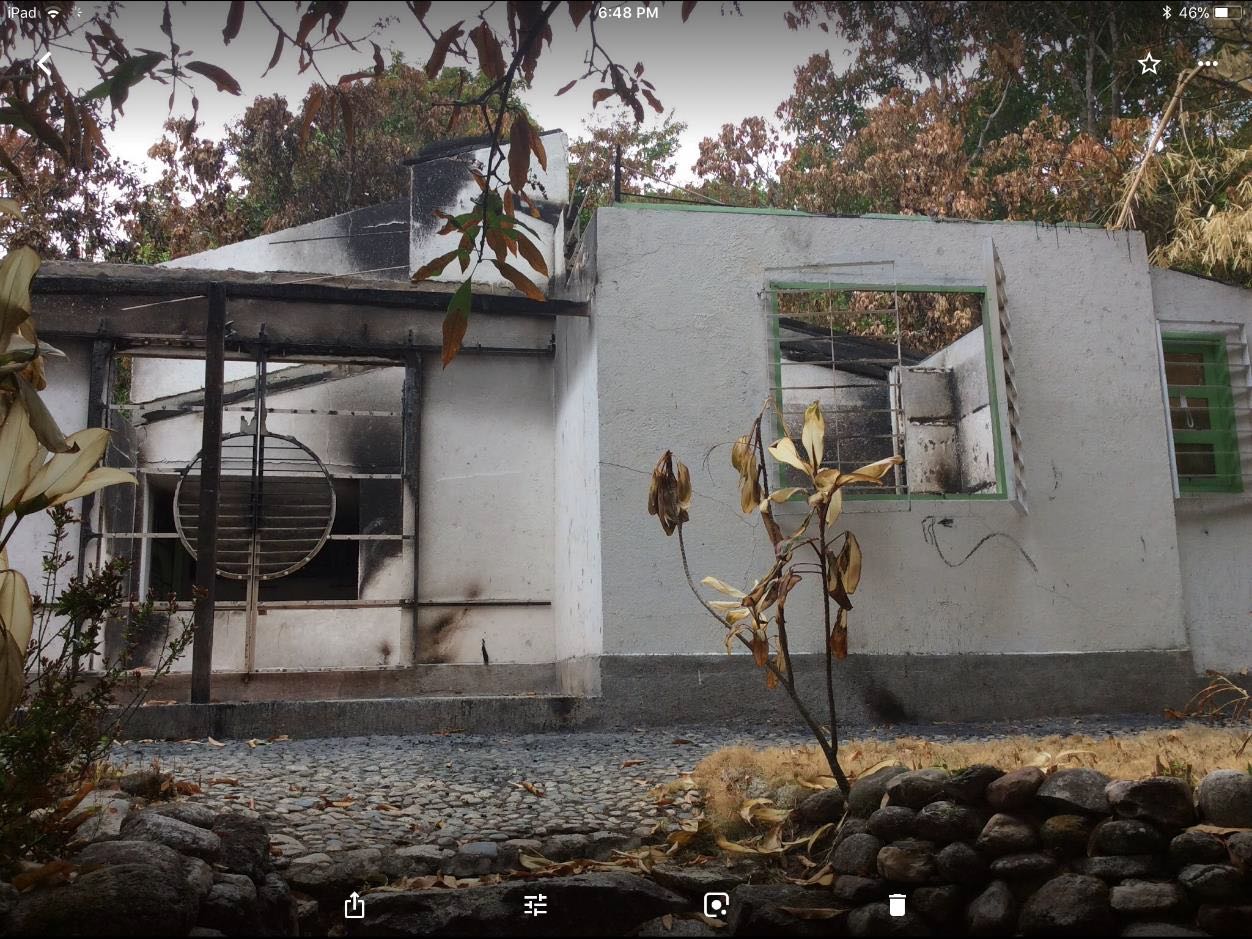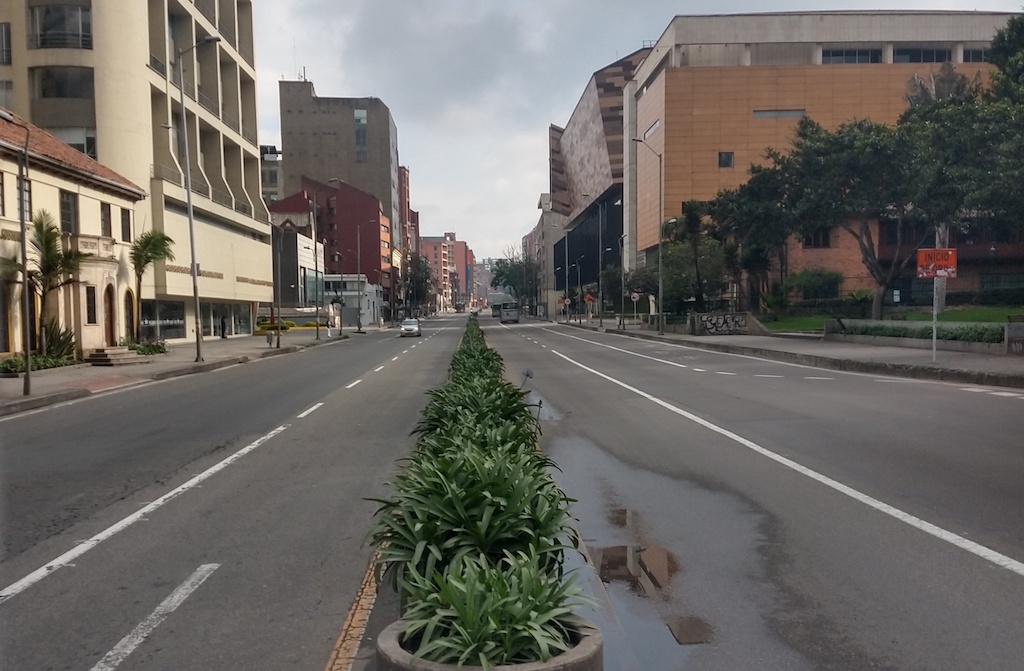After the legislative elections in Colombia on Sunday, the Senate is very divided.
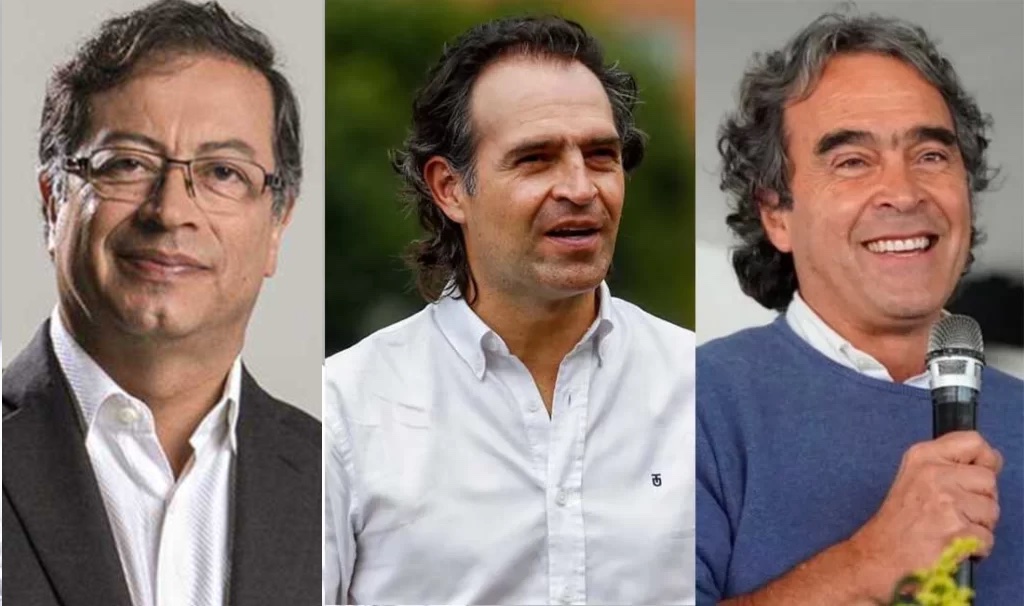
Colombians took to the polls this weekend for the first of several elections this year. Almost 12 million people voted on Sunday in legislative elections in Colombia to decide who will sit in the house and senate. Three coalition groups also selected their presidential candidates.
It’s worth noting that this was not the first round of the presidential elections in Colombia — that will happen later this year. However, Sunday’s vote was when several coalition groups chose who would represent them in the presidential race. Here are the candidates who came out on top:
- Gustavo Petro (Pacto Histórico)
- Federico Gutiérrez (Equipo por Colombia)
- Sergio Fajardo (Centro Esperanza)
They will join the existing list of presidential candidates such as Íngrid Betancourt, who are either independents or representatives of individual parties. The deadline to ratify presidential candidates is March 18, so there will be a number of discussions in the following days to finalise who will actually stand. Some candidates may pull out and give their support to another contender so as not to split the vote. For example, the Centro Democrático candidate Óscar Iván Zuluaga has already pulled out to support Gutiérrez.
The legislative elections in Colombia often get overlooked in the presidential drama, but they are crucial in terms of how the country is run. It’s no good winning the presidential race if your party doesn’t have enough seats in Congress to get anything done. The vote is also an important indicator of political sentiment. The biggest indicator from yesterday is that sentiment is divided.
Results of the legislative elections
President Duque’s Centro Democrático lost ground, reflecting a general frustration with the status quo. Indeed, the coalition that’s currently in power won 10 fewer seats in the Senate compared to the 2018 elections in Colombia.
The two groups who won the most seats are the Pacto Histórico – made up of around 20 left-wing parties – and the conservative party, Partido Conservador. Analysts are already talking about the challenges of making decisions in what will be a very polarised Congress.
This is the new shape of the Senate:
- Pacto Histórico – 16
- Partido Conservador – 16
- Partido Liberal – 15
- Alianza Verde / Centro Esperanza – 14
- Centro Democrático – 14
- Cambio Radical – 11
- Partido de la U – 10
- Mira / Colombia Justa Libres – 4
- MAIS* – 1
- AICO* – 1
- Comunes** – 5
- Presidential runner-up*** – 1
* voted for by indigenous communities
** not voted for nationally
*** to be decided in the presidential election
To some extent, the degree to which the Senate will be divided depends on who takes the presidency – the position of the winner could cause the Liberals and the U to stay neutral or join government/opposition. The new Senate will certainly be a lot more left-leaning than the current assembly, though.
The creation of the Pacto Historico has meant that the left wing of Colombian politics has a lot more representation, and this has come primarily at the expense of the Centro Democrático and Cambio Radical, although the traditional parties of Liberals and Conservadores have gained ground too.
What this means for the presidential campaign
Various names have been bandied about as potential presidential candidates over the past few months, but this is the point where things get serious. In the coming days, we’ll find out who is actually standing in these elections in Colombia and campaigning will ramp up significantly.
Gustavo Petro dominated the results. The former guerilla and ex-mayor of Bogotá who was defeated by Duque in the 2018 elections in Colombia took double the votes of the other two winners. However, don’t assume those 4.4 million votes for Petro mean he’ll have an easy ride to the Casa de Nariño – he’ll need more than double that number to actually win, and this really is only the initial stage.
Interestingly, even the Pacto Histórico’s second place candidate, human rights campaigner and activist Francia Márquez gained more votes than Fajardo, the Centro Esperanza’s winner. The somewhat lacklustre performance of the centre suggests Fajardo will have to work hard to reach the second round of the presidency. The Centro Esperanza was only able to take around 20% of Sunday’s votes and is struggling to make headway against the more extreme messaging from both the left and the right.
Here’s how the votes break down for the first and second place in each coalition.
Pacto Histórico: 5.7 million total
Gustavo Petro: around 4.4 million (81%)
Francia Márquez: around 800,000 (14%)
Equipo por Colombia: 4 million total
Federico Gutiérrez: around 2.1 million (54%)
Álex Char: around 700,000 (18%)
Centro Esperanza: 2.2 million total
Sergio Fajardo: around 700,000 (33%)
Juan Manuel Galán: around 500,000 (22%)
Key dates in the presidential elections in Colombia
- March 18: Deadline to ratify presidential candidates
- May 29: First round of presidential elections
- June 19: Second round of presidential elections (if nobody wins a simple majority in the first round)


